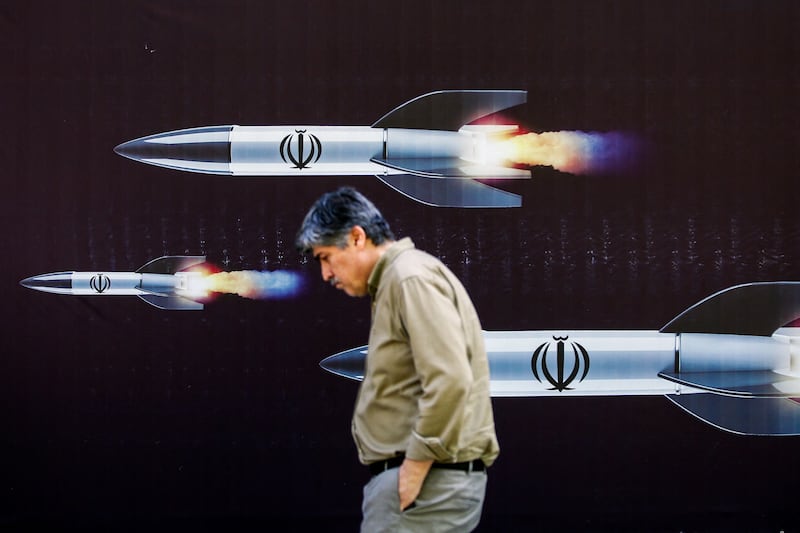Live updates: Follow the latest on Israel-Gaza
The strike on Iran was Israel “signalling” that it knows where the country’s nuclear research centres are, allowing it to demonstrate they are highly vulnerable to attack, security analysts have told The National.
The use of a handful of quadcopter kamikaze drones fired at an arms factory in Isfahan suggests that Israel can hit with impunity at the heart of Iran’s military’s machine, they said.
Instead of launching one of its medium-range Jericho II missiles, or a strike by its stealthy F-35 fighter-bombers, Israel has also calibrated its retaliation that does not invite a spiral of escalation.
This, analysts have said, suggests that the country has listened to its allies’ advice on restraint but also highlights that it can strike the nuclear installations with much greater force if Iran attempts a “break-out” to develop a nuclear weapon.
Nuclear signalling
As well as military manufacturing, Isfahan is a key site for Iran’s nuclear programme, leading to suggestions that while Israel attacked a drone factory it was also stating that it could easily strike elsewhere.
“This was a direct response to Iran’s attack on Saturday but it’s also because Isfahan is one of the locations of Iran's nuclear development and research facilities,” said Megan Sutcliffe, an Iran expert at Sibylline, an intelligence company.
“The fact that Israel did target this particular location, given its proximity to Isfahan’s facilities for nuclear development was a signalling attempt from Israel, stating that ‘we know where those facilities are, we can breach your air defence and we have the capacity to hit these places.”
Poke big holes
Matthew Levitt, director of the counterterrorism programme at the Washington Institute think tank, said he interpreted US President Joe Biden’s urging that Israel should “take the win” after Saturday’s attack, actually meant “don't hit the nuclear facilities, don't send 150 bomber sorties and let's not start an actual war here”.
It appears that Israel had abided by this in sticking to the drone factory.
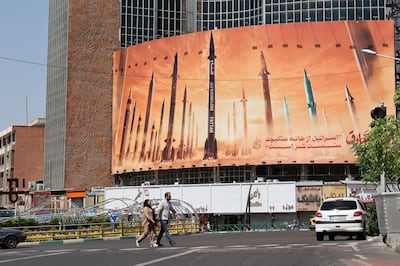
Dr Levitt added that any retaliation had to demonstrate that “people need to understand you cannot attack Israel directly and they will not allow that precedent to stand”.
It also showed that Israel “can poke big holes exactly where they're intended to be, which sends a greater message,” added the former US Treasury official.
That the attack also came at night, when very few workers would have been on site, suggested that the Israelis wanted to “do it at a time and in a way that minimises actual human casualties”.
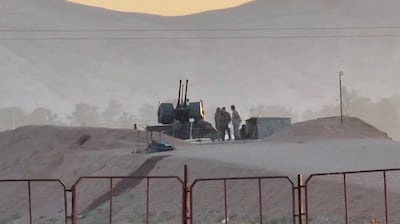
Sweet spot
The strike hit a “sweet spot” in which Israel “sent a clear message” by evading Iran’s air defences and striking a military target, said Richard Pater, director of the Bicom Israeli think tank.
“This shows Israel has the capacity to attack, give Iran a bloody nose, but [it did so without] doing anything that significant so that the Iranian response can say ‘there’s nothing to see here’.”
He added that it meant both sides could “draw a line under this latest episode … until the next time” as Iran was not going to stop its nuclear programme.
That meant it was key for Israel to retain the international allies, that proved so successful in preventing Saturday’s attack, so that if Iran began developing a nuclear weapon there could a “a coalition strike to prevent them”.
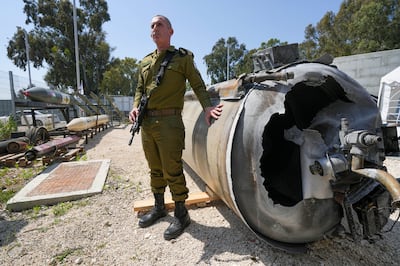
Launch site
Isfahan lies about 1,600km away from Tel Aviv and the conventional military approach would have been an aircraft bombardment, missile attack or even its secret submarine launch capability.
Instead it appears the Israelis decided on a less conspicuous route by using quadcopters against the factory that makes the Shahed 136 kamikaze drones – 170 of which were fired against Israel – sent a message that its intelligence knew precisely where to strike.
It remains unclear where the drones were launched from. It could have been either Israeli operatives or more likely Iranian dissidents working for Mossad, flying them from within Iran itself.
Other potential routes were direct from Israel, with flight paths cleared through Syria and Iraq or some speculation that they could have come from Azerbaijan, which is pro-Israeli and has a border with Iran.
However, in January last year Israel also struck an Isfahan military plant using drones apparently flown from within Iran.
A western security source, connected to Israel, said the attack sent a “strong statement” that the country could “strike with precision deep inside the Islamic republic”.
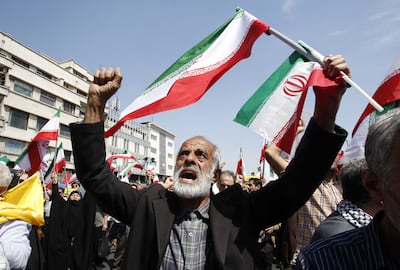
Cyber revenge
The Israelis had done “the absolute bare minimum to placate its domestic audiences” as no response would have been “unacceptable” while it also messaged Iran that it could strike at the centre of its military sites, added the source.
However, it remains unclear whether Israel’s low-key response will satisfy hardliners within the war cabinet who have demanded Iran’s nuclear programme be wiped out.
Sources suggest that Israel may yet strike back with targeted assassinations of key Iranian scientists or commanders or may have already planted a major cyber attack to cripple its critical infrastructure.
“The question is how does Iran respond,” said Dr Levitt. “Do they fire something directly Israel again? Do they hijack a ship? There’s a thousand ways for people to do things that are much lower profile.”
